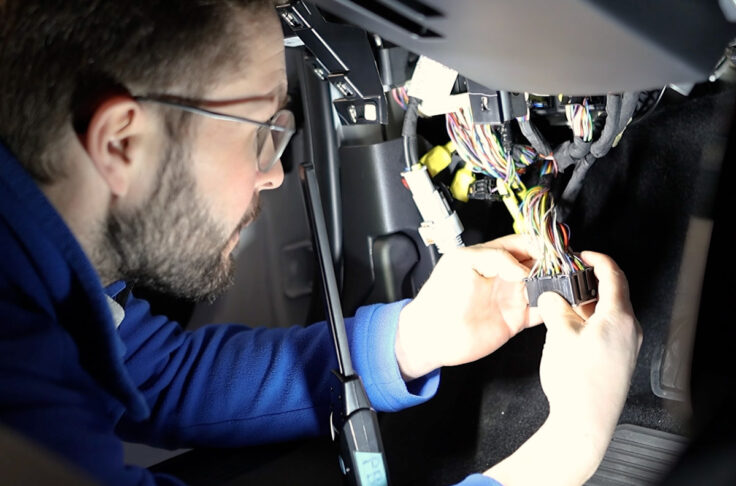What is Peer-to-Peer Carsharing?
Summary
Peer-to-peer carsharing is evolving as a way to get people to share their personal vehicles with others. Instead of handing over keys in person, this type of shared mobility can be automated and accomplished more conveniently with the right technology.

For example, Drivy, a peer to peer service operating in Europe, understood the need for additional convenience and worked to identify the opportunity to create a better key exchange process. As a result, Drivy created a premium option in their peer to peer service – Drivy Open. By installing in-car hardware, vehicle keys can be kept securely in the vehicle. Users who have the vehicle booked can access it through an app, removing the need for a physical exchange of keys. For the driver, they know when the vehicle gets picked up and returned. All this is able to happen seamlessly via the Drivy app.
Technology has enabled a wealth of shared mobility options, including peer to peer services. Growth in this industry is just beginning, and there is still opportunities to expand to new markets or add features to existing services.
Related Posts

Car Sharing, Shared Mobility
Webinar Recap: 4 Things You May Not Know About Telematics
This webinar brought together industry experts from AutoMobility Advisors and Enterprise Car Share to discuss how to run a successful telematics pilot. The conversation covered common pitfalls, essential metrics, and best practices for transitioning from a small-scale trial to a full rollout with minimal disruptions.

Car Sharing, Support Stories
How We Solve Vehicle Integration Challenges in Car Sharing
Successful car sharing starts with a deep vehicle analysis to map the CAN bus design of every vehicle. This is the story of our vehicle analysis and support philosophy that makes your car sharing work.

Car Sharing, Expert Interviews
Insights Interview on Station-Based Car Sharing with cambio
We interviewed Paul Kreiner, Product Manager Booking & Electrification Strategy Lead at cambio. He shared his perspective on fleet changes over time, electrification differences and challenges for EV rollout.